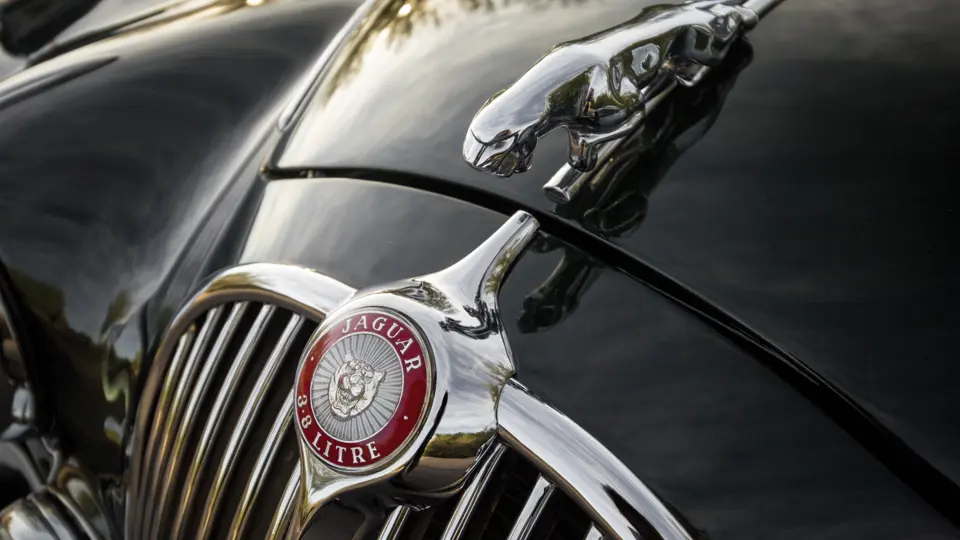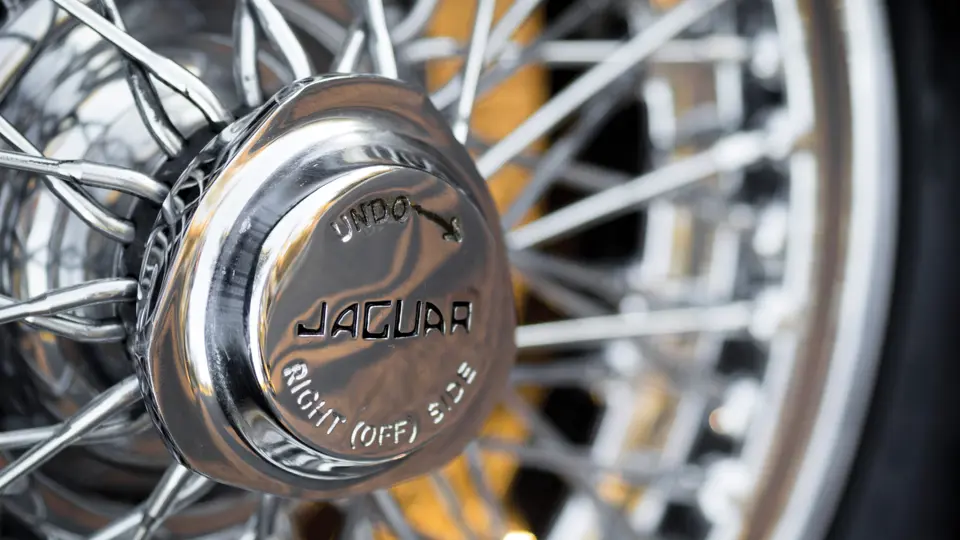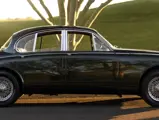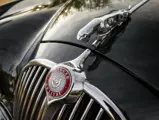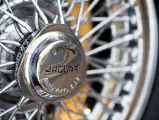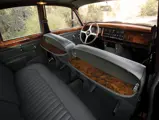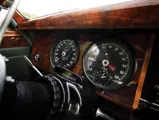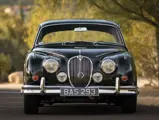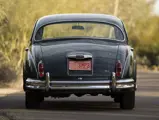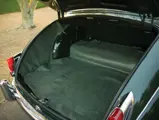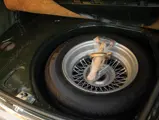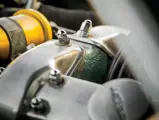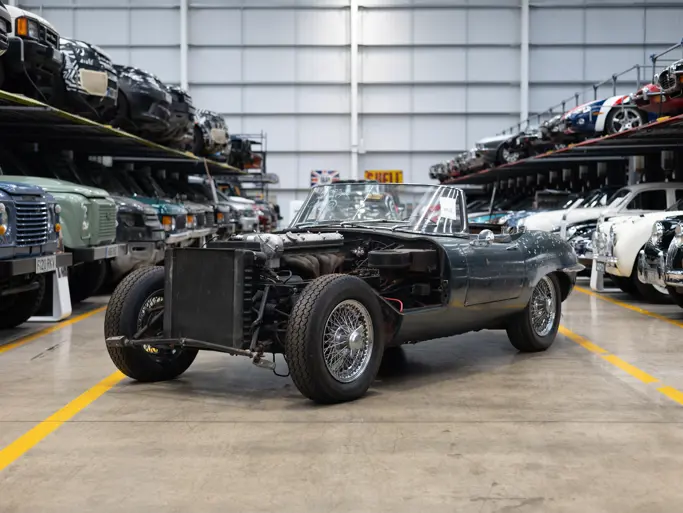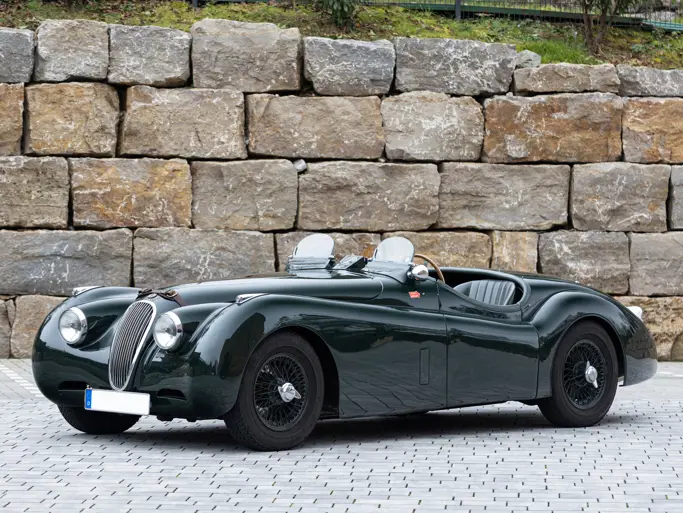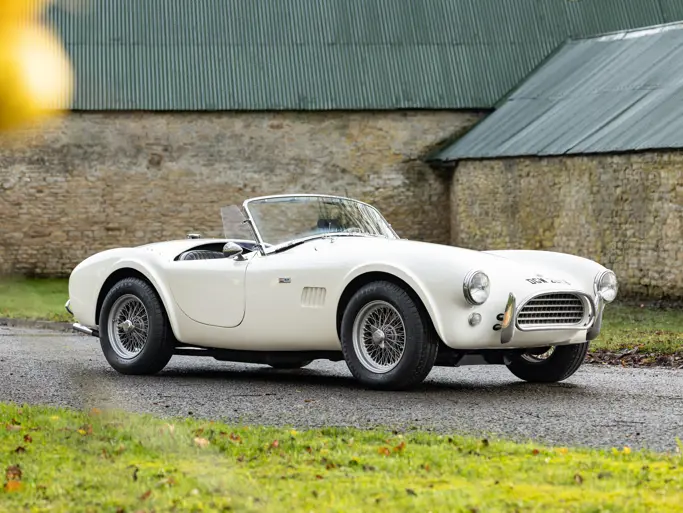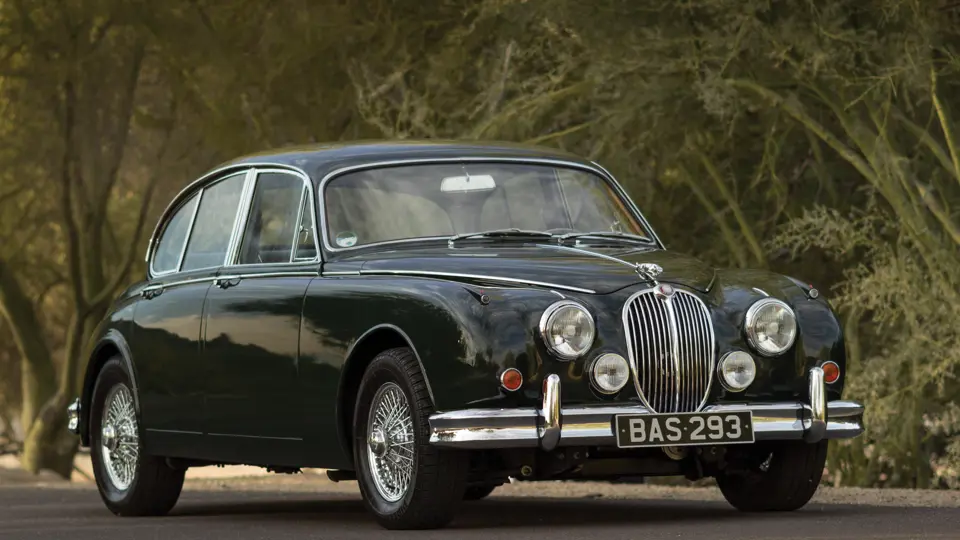
1960 Jaguar Mark 2 3.8-Litre Saloon
{{lr.item.text}}
$93,500 USD | Sold
{{bidding.lot.reserveStatusFormatted}}
- Only 700 miles since a frame-off restoration by marque experts in the UK
- Finished in British Racing Green with a green leather interior
- Includes JDHT Certificate; originally built for export
220 bhp, 3,781 cc DOHC inline six-cylinder engine with two SU carburetors, four-speed manual gearbox, independent front suspension with coil springs and wishbones, rear live axle suspension with semi-elliptic leaf springs, and four-wheel hydraulic disc brakes. Wheelbase: 107.5 in.
Jaguar’s 1959 Mark II was an elegant update of the company’s first small unibody sedan of 1955. The modifications resulted in what is considered to be the best-looking compact Jaguar sedan ever built. The Mark II modified the original design, which was not called Mark I until its successor arrived. The new car had a larger greenhouse, bigger side and rear windows framed in chrome trim, a new grille with a central bar, and fitted fog lamps. Although the sweeping lines of the Mark I were preserved, the rear track was widened. Gone were the full rear fender skirts, as they were replaced by partial skirts that could display the rear wheels and tires.
The interior was a thing of beauty and featured a walnut veneer dash; a huge speedometer and tachometer, which were now moved in front of the driver; a row of toggle switches in the center, located beneath secondary gauges; and comfortable leather seats. Reclining front seats were optional, as were the seat backs that contained fitted picnic tables.
The DOHC aluminum six-cylinder engines were still utilized. They could be found in 2.4-, 3.4-, and 3.8-liter displacement, with horsepower ranging from 120 to 220 and a top speed between 96 mph and 125 mph. The gearbox was usually a four-speed with overdrive, and most cars were built with wire wheels, which is the preferred option. Two major performance improvements accompanied the Mark II introduction. The Jaguar 3.8-liter DOHC engine was shared with the Mark IX and XK150 and made the car the fastest four-door production sedan. With 220 brake horsepower on tap, 125 mph was possible, and a limited-slip differential became standard.
Four-wheel disc brakes had proven their worth on the D-Types and were standard. Jaguar was so proud of this that a red caution triangle and the words “disc brakes” were incorporated into the rear bumper trim. The spare wheel was located beneath a round panel in the trunk floor, and inside the wheel was a comprehensive tool kit.
The Mark II offered here was originally sold in the U.S., and it checks all of the proverbial boxes for this model. It had been owned by the consignor since 1999, when it returned to the UK for a painstaking, documented frame-off restoration by marque specialists. The restoration took seven years, during which time it was road registered as BAS 293, and two MOT certificates accompany the car. The car has been driven only 700 miles since the restoration, some of which were on English roads.
This Mark II, powered by the desirable 3.8-liter engine, is painted in authentic almost-black Jaguar British Racing Green and features a handsome light green leather interior. Its panel fit and chrome trim are spectacular, and the interior wood trim is excellent. The car is fitted with air conditioning, an AM/FM radio, and power steering. It rides on Pirelli tires and chrome wire wheels with eared knock-offs, and it is equipped with a correct tool kit. All maintenance records since the Mark II returned to the U.S. are also included.
The only box left to check off is for its next owner to decide.

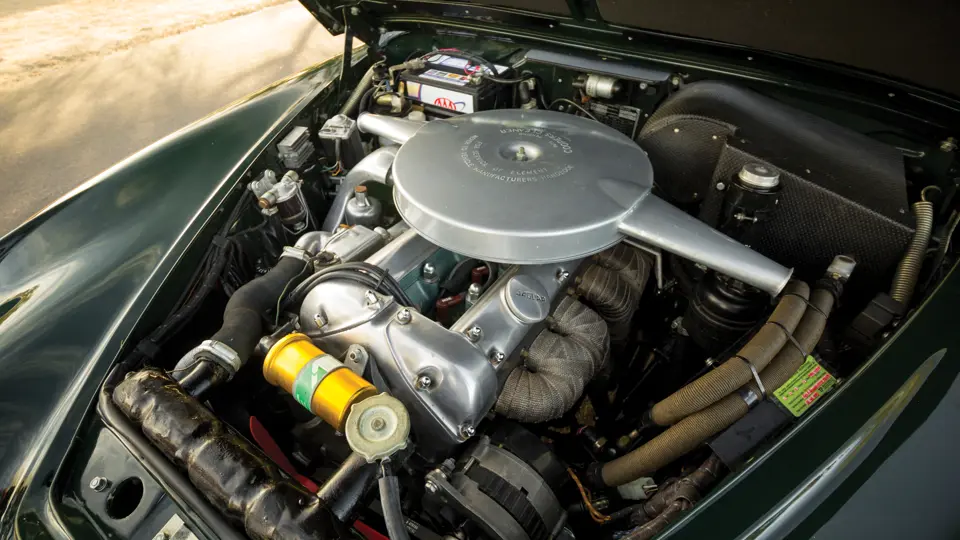


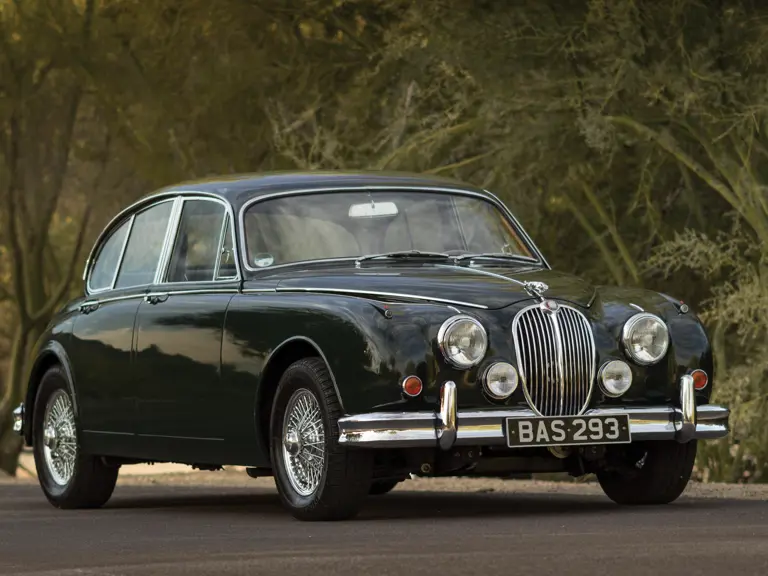
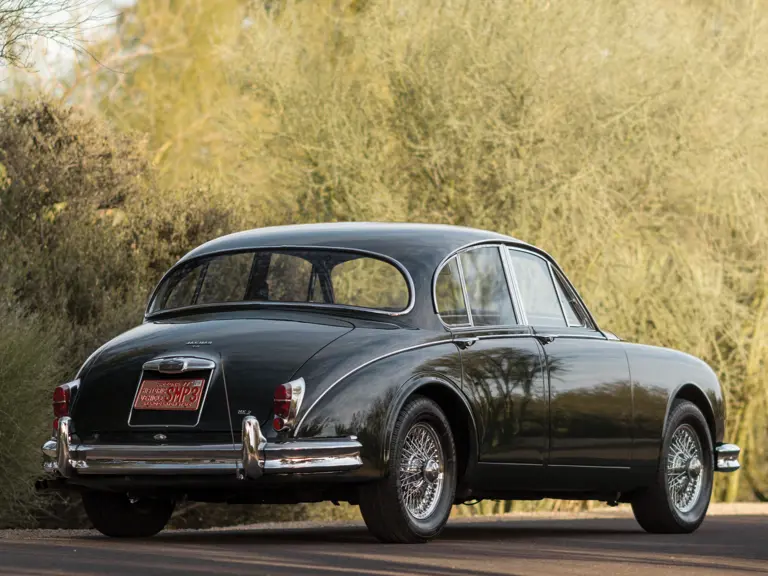
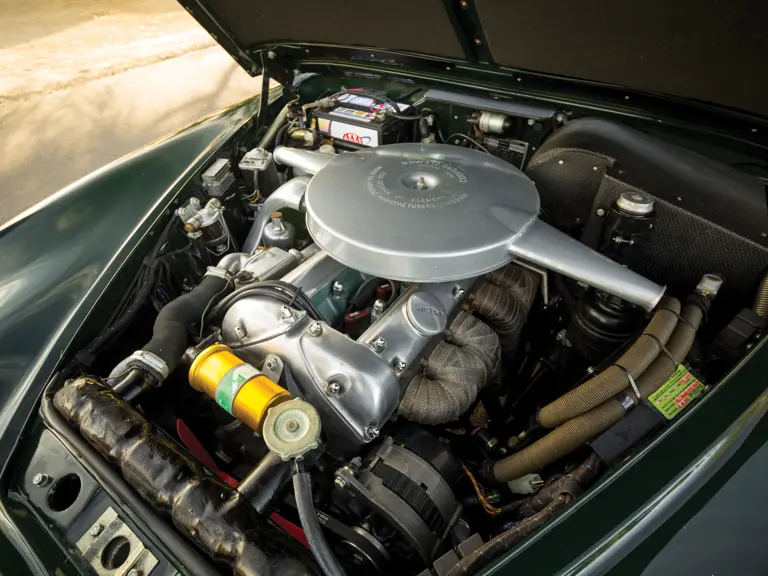
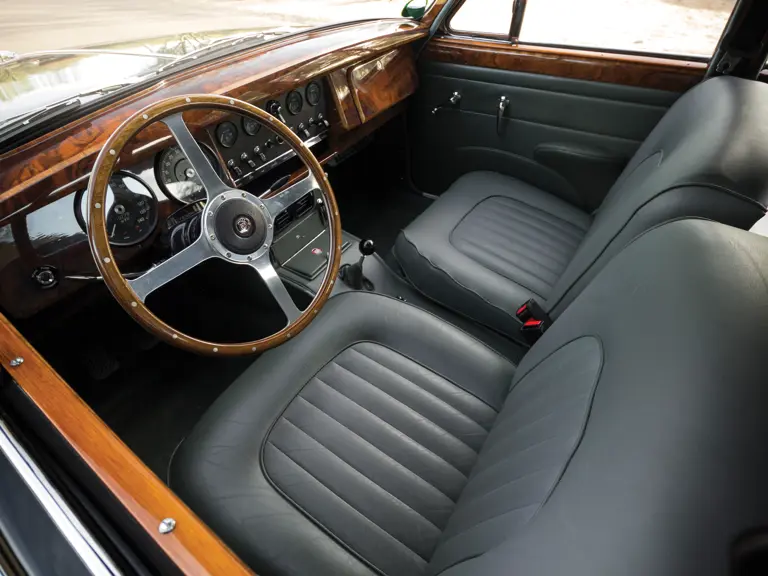
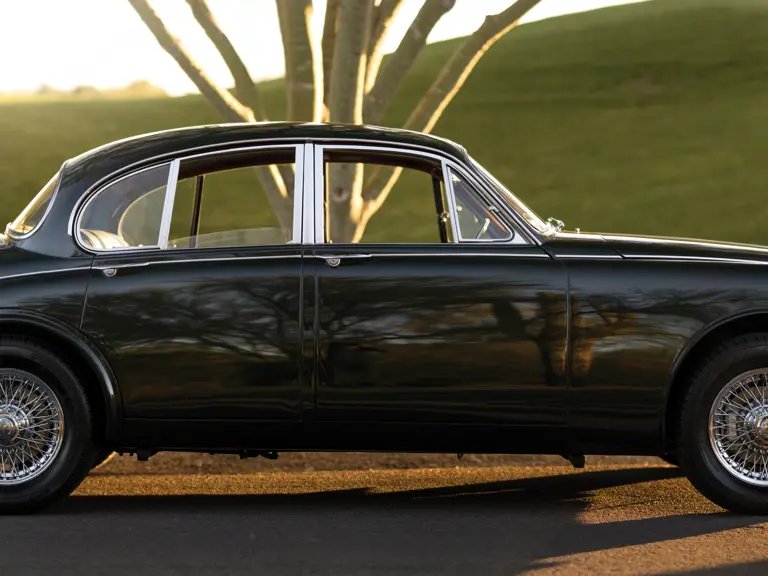
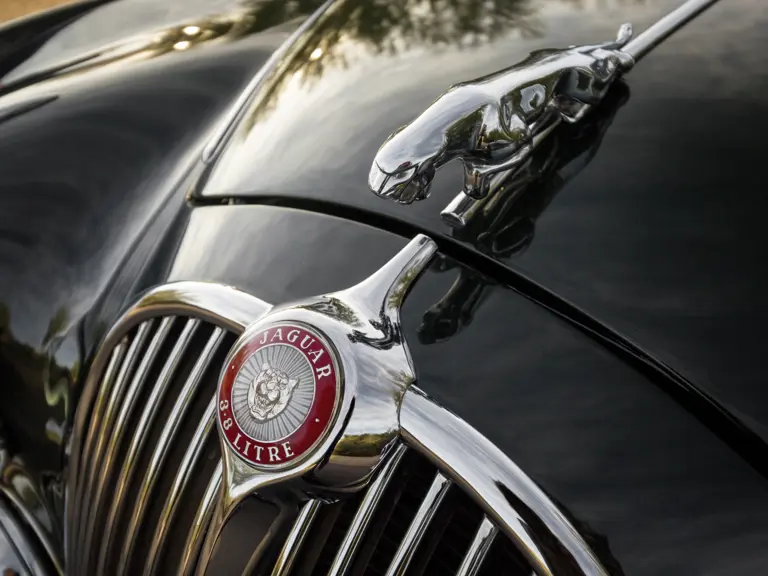
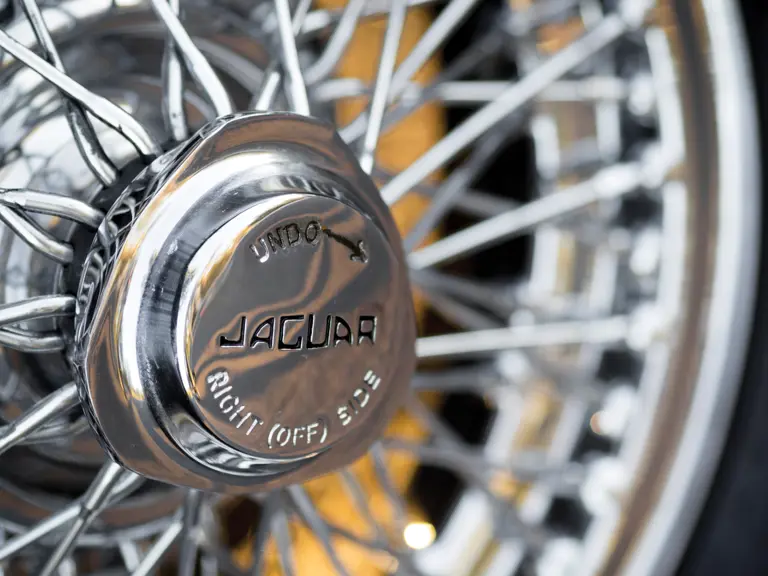
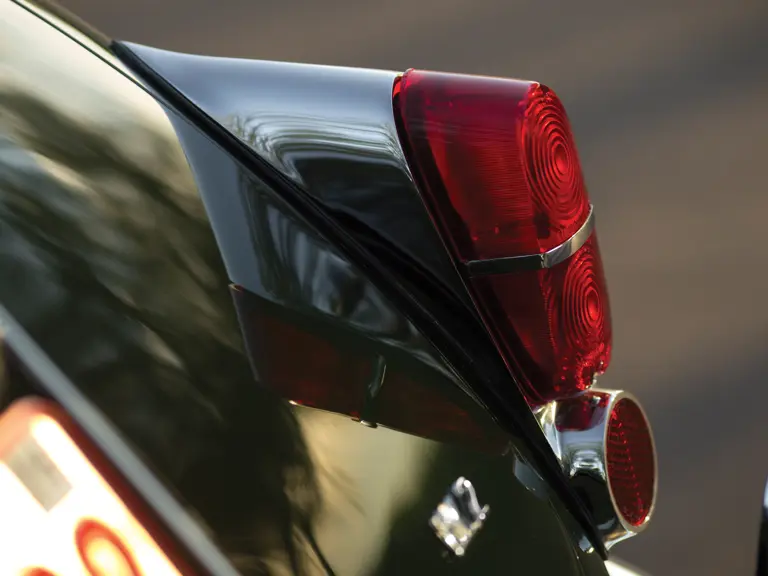
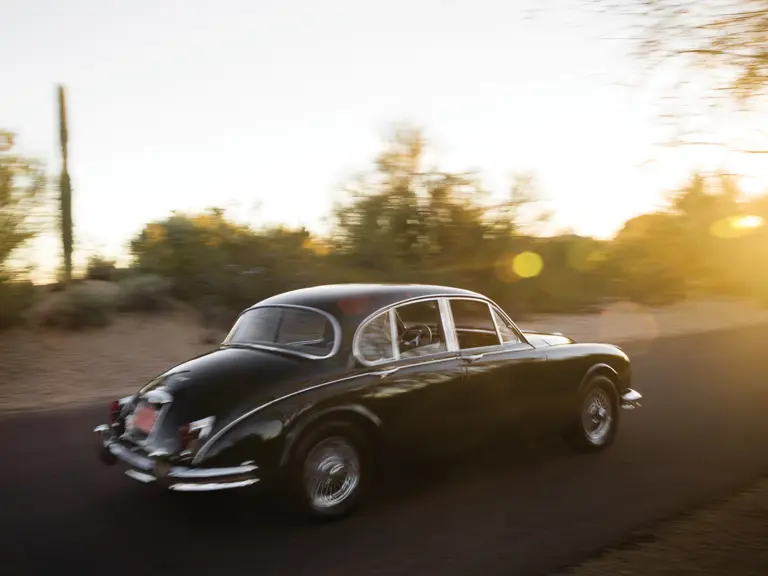
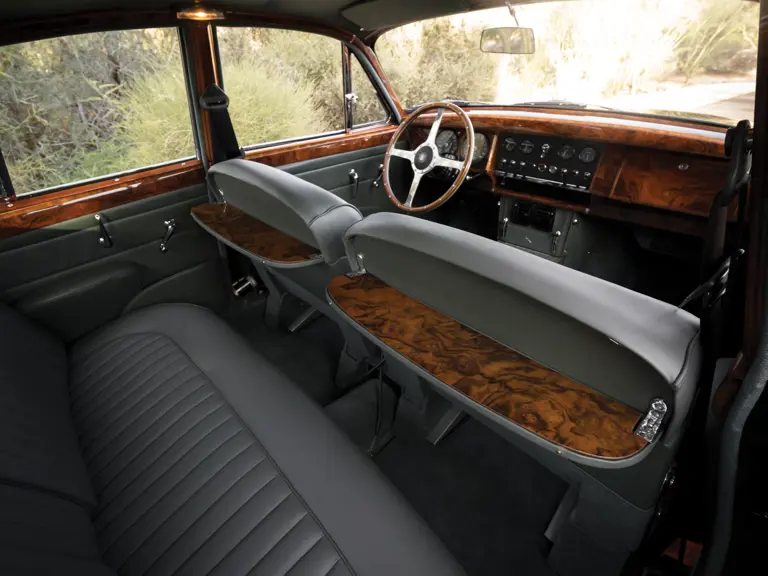

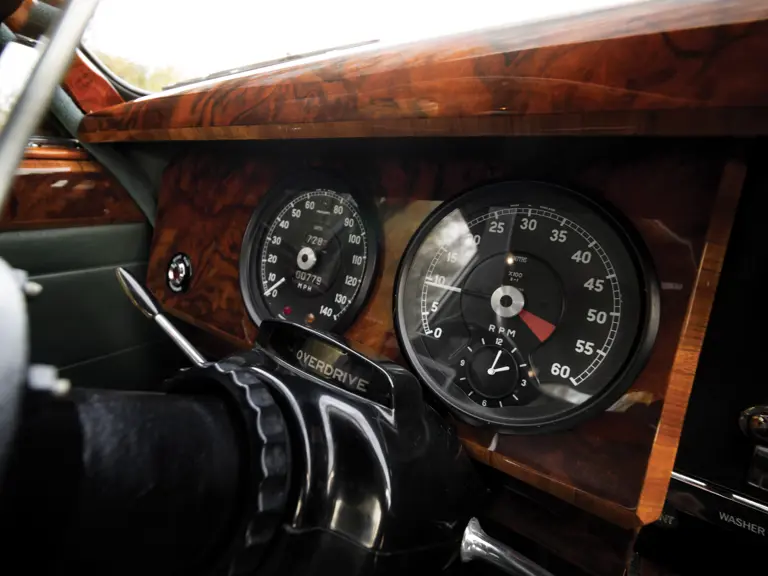
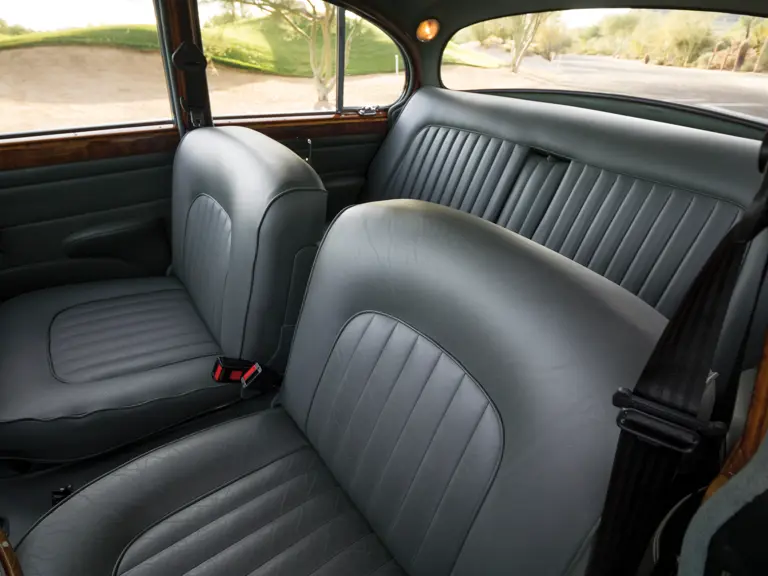
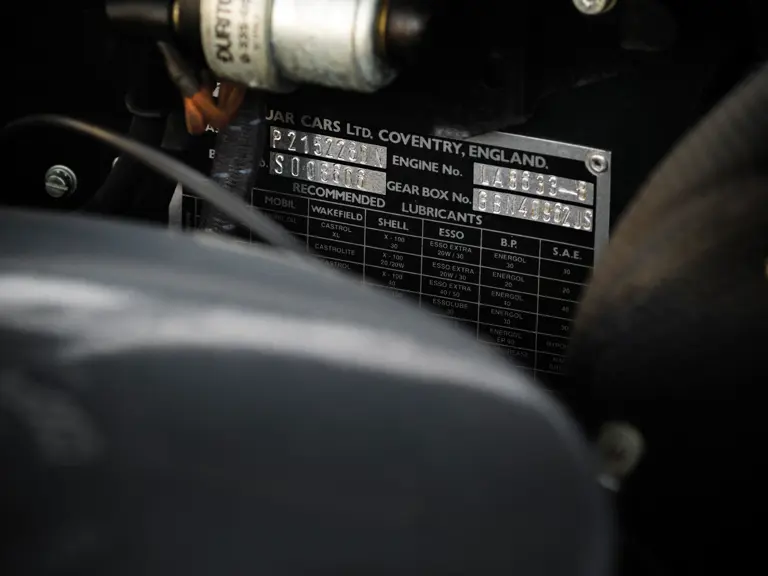
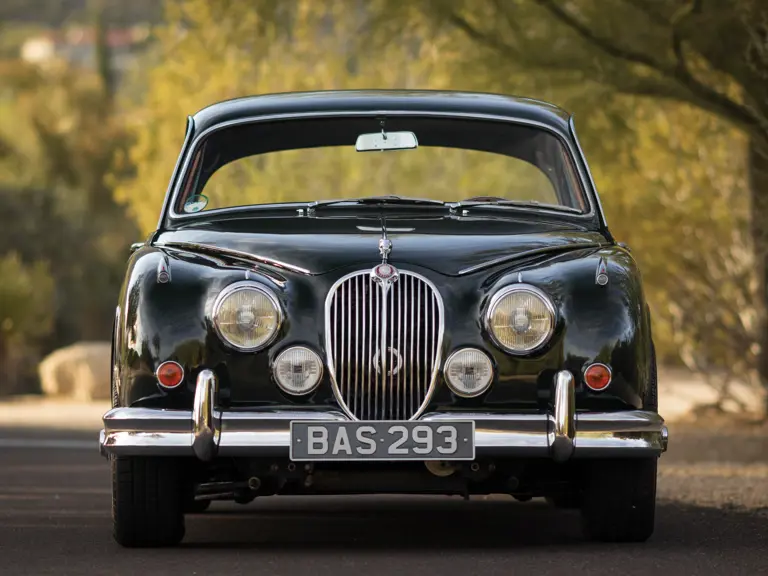

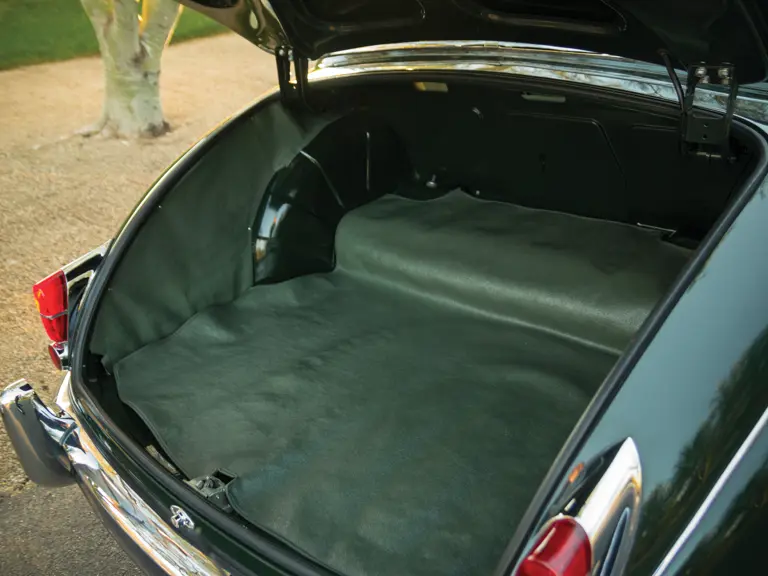
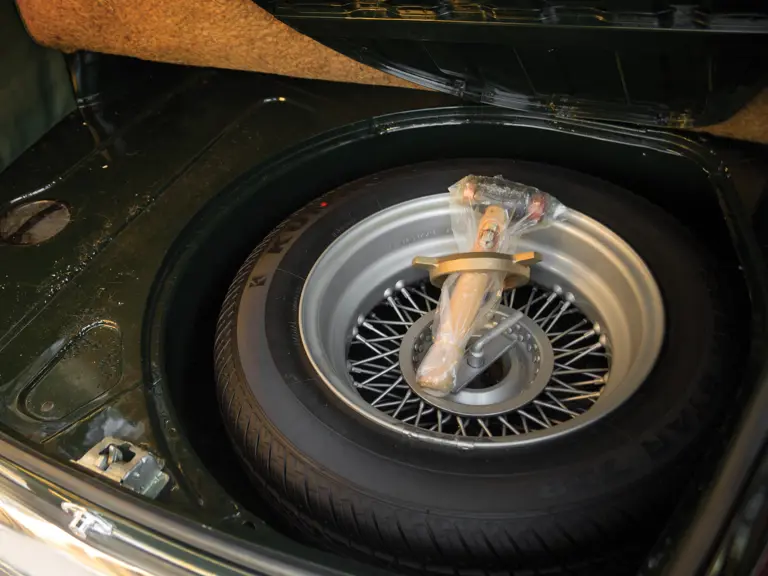
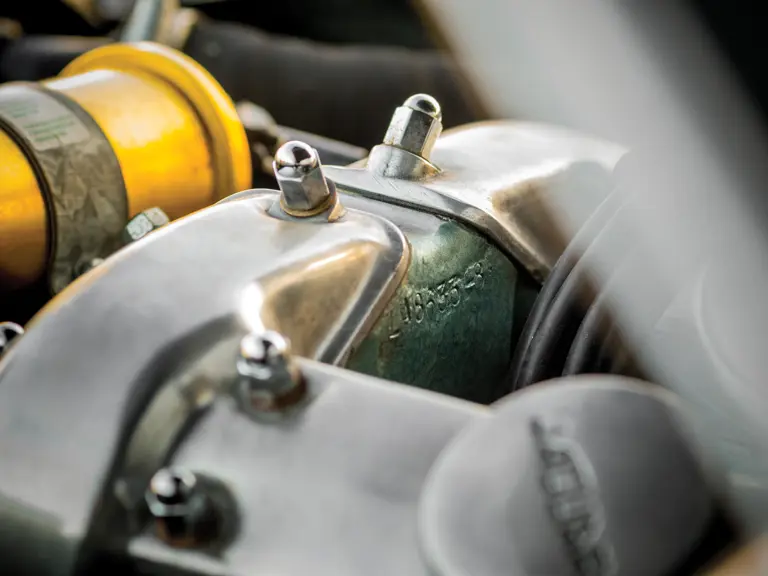
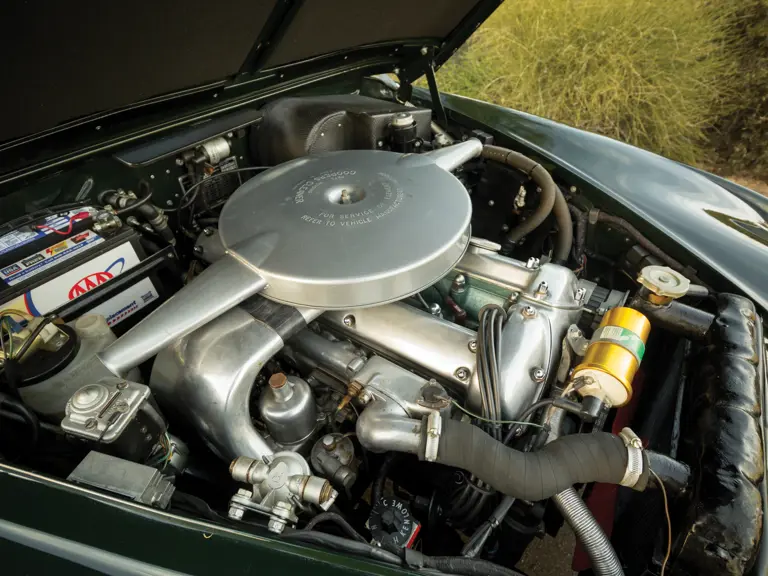
 | Phoenix, Arizona
| Phoenix, Arizona

